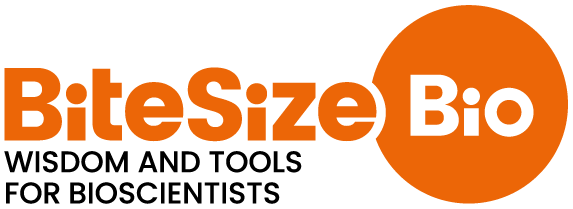Basics of FLIM and Applications to FRET Biosensors
Functional imaging is a rapidly growing field key to driving new understanding in biology. Insights into the function and interaction of molecules are the key to reveal the underlying cellular mechanisms. In this context, fluorescence lifetime imaging (FLIM) is a powerful tool, providing valuable information beyond spectral imaging. FLIM is immune to concentration artefacts and sensitive to molecular environment such has pH changes, ion concentrations, and more.
Förster Resonance Energy Transfer (FRET) is an example of molecular environmental changes. The donor lifetime is shortened by the presence of the acceptor. FRET experiments thus benefit from FLIM information. The FRET-FLIM readout is independent of the donor or acceptor concentration making it the quantification assay of choice. Recently, FRET has been exploited to engineer sensors (FRET biosensors). FRET signal changes in these biosensors correspond to either binding or release of a ligand. How this type of readout can help uncover biological mechanisms was recently shown in a Nature Immunology article (Anzilotti 2019). The approach used in this article, and described in this webinar, opens the field to imaging in a range of situations in primary cells, where sensitivity and the need to avoid damaging the cells are both paramount.
Förster Resonance Energy Transfer (FRET) is an example of molecular environmental changes. The donor lifetime is shortened by the presence of the acceptor. FRET experiments thus benefit from FLIM information. The FRET-FLIM readout is independent of the donor or acceptor concentration making it the quantification assay of choice. Recently, FRET has been exploited to engineer sensors (FRET biosensors). FRET signal changes in these biosensors correspond to either binding or release of a ligand. How this type of readout can help uncover biological mechanisms was recently shown in a Nature Immunology article (Anzilotti 2019). The approach used in this article, and described in this webinar, opens the field to imaging in a range of situations in primary cells, where sensitivity and the need to avoid damaging the cells are both paramount.




